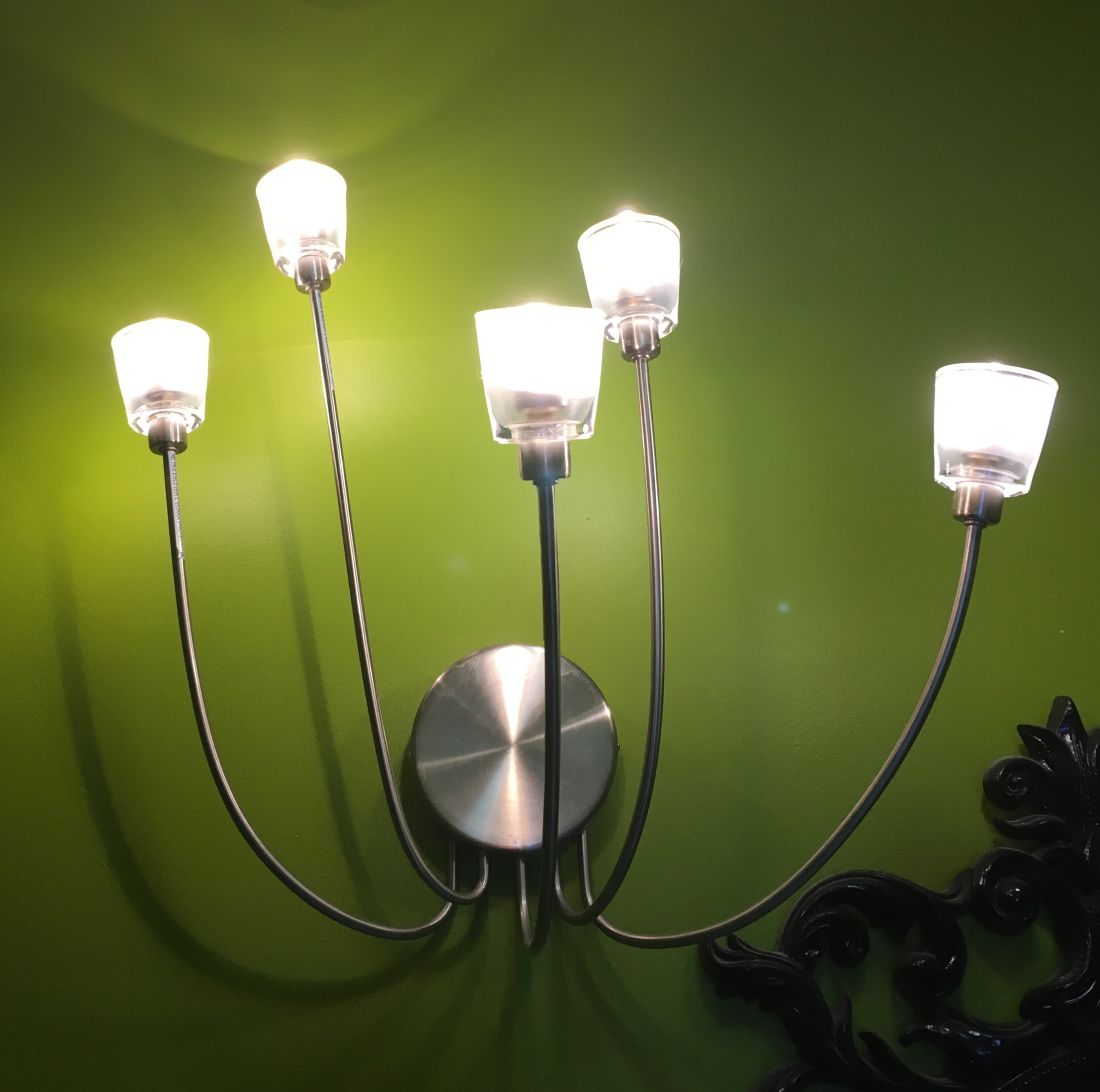What Are the Signs?
If you have noticed that you or someone in your family is sick more often than in previous homes, allergies or asthma have worsened, you have an urge to open windows whenever they are closed, smells tend to linger in one part of the home, or dust builds up much faster in one part of your home, you likely have a problem with IAQ in your home. Another way to look at it, if you think you have poor indoor air quality, you are likely correct. Our noses are pretty accurate. Energy Smart has the ability to test for various broad categories with an Air Advice IAQ monitor, which you can read about in our SERVICES page. We develop strategies to deal with bad IAQ as part of the designed packages we build for you – every home gets at least one plan with an advanced IAQ solution.
Introduction to Indoor Air Quality
Did you know that the air inside your home is frequently far less healthy than it is outside? Indoor pollutant levels are often 2-5 times worse than outdoors, and sometimes as much as 100 times worse, according to the EPA.
Poor IAQ has both long and short term health effects that are seeing more scrutiny in recent years. Read on to find out why IAQ is a big deal now, what the various pollutants are, and what health effects can result. The solutions vary greatly by the home as well as the homeowner, so that part is discussed during the solution design process.
Where does bad indoor air quality come from? It’s pretty simple, really. Lousy stuff like mildew, mold, cleaning products, pet dander and waste, cooking byproducts (dang you, garlic!), radon, furnaces and water heaters that burn poorly and create carbon monoxide, and a number of other crummy things that are inside our homes.
IAQ is a part of Indoor Environmental Quality (IEQ), which also includes noise, light quality, vibration, thermal comfort, and smells.
The Relationship Between IAQ and Home Performance
If done correctly, Home Performance measures can make the air in your home substantially healthier, but the solution needs to be designed; slapdash measures can leave the air crummy, or often worse because of air sealing. Imagine enclosing a manure-filled barn in plastic – it wouldn’t end well. The manure has to be removed, and then air needs to be moved through that sealed barn afterwards so bad things don’t build up. Same thing with your home.
IAQ touches 2 of the 4 tenets of Home Performance directly and glances a third: comfort and health/safety for sure, and efficiency because clients often do unusual things to mitigate IAQ problems like open windows in winter and run bath fans too long, plus there is the cost of doctors visits and medicine chasing things where the root cause is environmental.
Solving IAQ problems involves thought, and often testing. We offer IAQ testing with an Air Advice monitor at an additional charge to our design process, or as a standalone service. As we mentioned earlier, IAQ solutions are always part of at least one of the solution packages we design for your home.
Why is IAQ Such a Problem Now?
As buildings have gotten more air tight over the last 50-60 years, those bad things stick around longer than they used to in old houses because they don’t leak out as quickly. And even in leaky houses these indoor pollutants can build up, especially in spring and fall when our furnaces and air conditioners don’t run that much to mix the air, but our windows often aren’t open. This is part of where the whole myth of ‘a house has to breathe’ comes from. (Truth: Houses don’t have to breathe, we do. And anything that burns fuel in the house.)
We also use a lot more man made products than we used to in buildings, so building materials, furniture, carpet, and other things bring pollutants in that weren’t used 50 years ago.
If you’re like us you think, ‘oh boy, here comes another scare tactic.’ That isn’t our style.
Here’s the deal, though. Our bodies are very sensitive to pollutants, so if in the spring you are dying to open the windows, there’s probably something in the house that needs to air out. We’ve found very consistently that when someone thought there was a problem, there was. So you’re not crazy. (Isn’t it good to have at least one person think that?)
Health Effects
Things like small particles, mold, radon, carbon monoxide, and other indoor pollutants have serious long and short term effects, but don’t take it from us, read about them from Green Guard, the EPA, or the World Health Organization. Short term effects can be lethargy, difficulty making decisions, sleepiness, and more. Long term effects can be allergies, asthma, various respiratory issues, shortened lifespans, and even cancer in extreme cases.
As part of our design process to fix your home from a comfort, energy, health, and durability standpoint, IAQ solutions are always offered in 1 or more of the 3 solution packages we develop. We also offer testing if you think there is a problem to narrow down causes and help guide us to a solution. Here’s a list of various indoor air quality factors:
IAQ Pollutants
CARBON DIOXIDE
CO2 has 2 factors. 1. Canary in the coal mine – when CO2 concentrations get high, it is a sign that the air inside a building is stagnant. 2. At high levels, it can severely reduce decision making ability, according to a Berkeley Laboratory study. The Air Advice monitor tracks this.
CARBON MONOXIDE
This comes from incomplete combustion. Basically, if your furnace, water heater, dryer, oven, fireplace, or other ‘combustion appliance’ is burning poorly, it creates carbon monoxide rather than carbon dioxide when it burns. It is thought to have health effects at very low levels, and very few actually measure it. Measurement of CO is part of a high quality energy audit, and the Air Advice monitor also tracks this. Ozone, nitrous oxides, and sulphur dioxide can also be related to combustion, although the Air Advice monitor does not monitor them.
VOLATILE ORGANIC COMPOUNDS
VOCs – Just call these chemical pollutants. They are chemicals that evaporate at low temperatures, meaning room temperature, so they go into the air. They also tend to be stronger when the humidity is high, like in a basement. Scented candles are, well, VOCs. New car smell and new furniture smell? Formaldehyde, a VOC. Lots of cleaners, solvents, and paints have VOCs. The Air Advice monitor has a general sensor for these, although it doesn’t tell you what chemical it is.
PARTICULATES
We’re getting kind of techie now. Very small particles, below 2.5 microns, are small enough to go right into your lungs and directly into your bloodstream. Particles 10 microns and under get into your body at least. Pollen is a big example, although that is typically a larger particle, as you can see it, and visible particles start in the 30-50 micron range. Diesel soot, ash from fireplaces, smoke, and road grime are other examples. At moderate and high levels, they have a strong effect on lifespan, according to the WHO. Even at very low concentrations, the WHO considers them a health risk. How do you know if it’s a problem? You measure. The Air Advice monitor measures this as well, although it is a fairly general measurement for between .1 and 50 microns.
HUMIDITY
While this is not truly a pollutant, high humidity levels contribute to a number of IAQ problems. VOCs are released much more quickly at higher humidity levels. Mold starts growing around 50% relative humidity, depending on the strain, around 65% there are very high odds it is growing, and at 80% and above it can multiply very quickly. Basements in damp climates (everywhere East of the Mississippi) typically run very high humidity and hence are prone to mold, mildew, rot, and other moisture problems. Controlling humidity inside a home is a key part of our process and leads to substantial comfort, durability, and efficiency gains as well as improved IAQ.
Want to Learn More?
The first step in our process is to fill out this questionnaire to see if you are a good fit for our services and receive a discount on your initial consultation. We’ll call you back to set up an initial consultation where we can decide together which path is best for you.
Fill out our questionnaire to schedule an initial consultation.
You may also consider beginning to monitor humidity or carbon dioxide levels in your home. Once you know if there is a problem, it becomes easier to solve. Here is the monitors page from our Amazon store.










